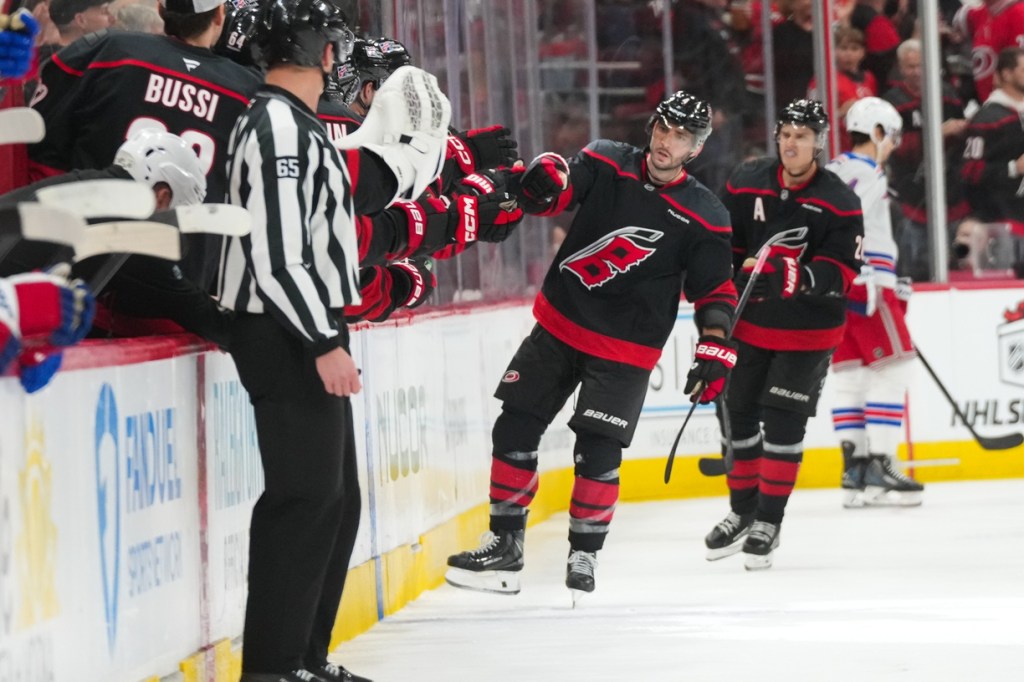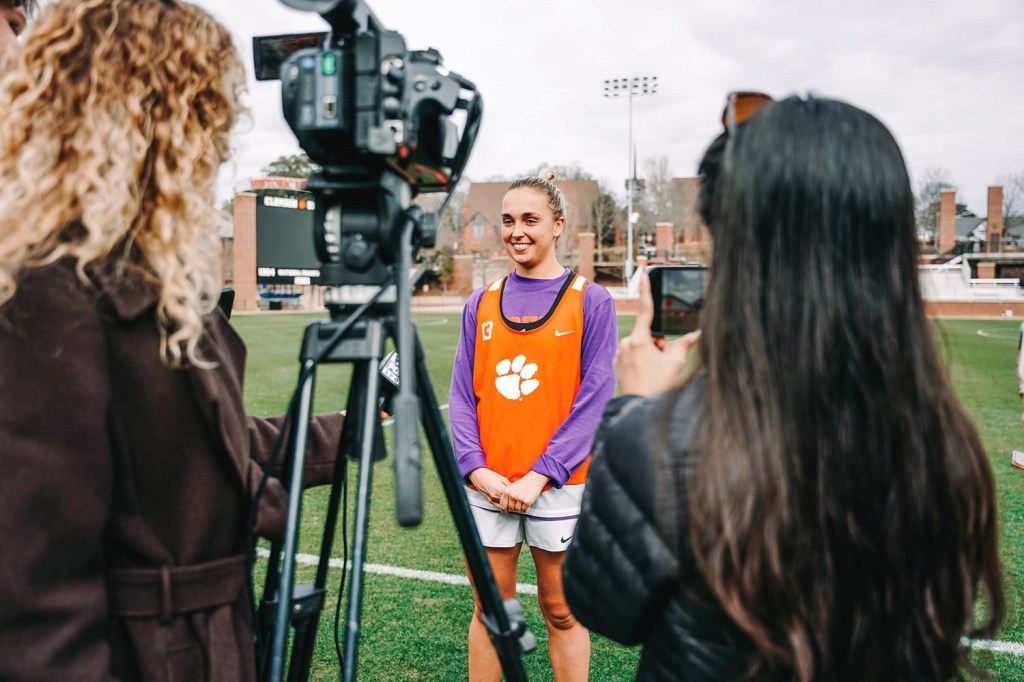
As the St. Louis Blues tested themselves against two of the toughest teams in the NHL in the San Jose Sharks and Boston Bruins en route to the team’s first Stanley Cup victory, another test was going on off the ice in St. Louis – could predictive gaming catch the attention of hockey fans during the sport’s most exciting time of the year?
The answer to that question? Yes.
Prior to the start of the Western Conference Final, the Blues launched Enter the Zone, a real-time prediction game for fans where they could compete for prizes like season tickets and autographed items.
Prior to the start of the game as well as during the first and second period intermissions, fans were presented with three basic questions about that day’s game, each with two options. For example, which team will have three shots on goal first? Who will have a higher face-off percentage in the first period; Ryan O’Reilly or Tomas Hertl? Will either team score twice in the upcoming period?
As the Blues’ momentum built over the next 13 games on, so did Enter The Zone.
More than 30,000 unique players played Enter The Zone at least once, according to Matt Gardner, vice president of digital media and emerging technology for the Blues, with 75% of that pool playing the game more than once.
In fact, 30% of the players played Enter the Zone for at least 12 of the 13 Blues games. The game could be played in-arena or at home.
On average, roughly 10,000 to 12,000 people played Enter The Zone nightly, said Gardner.
“For our first venture into predictive gaming and not knowing how this would play out with our fanbase, we were thrilled by the very consistent numbers of people returning to play, and the tremendous amount of people that this we were introducing something brand new to,” Gardner said.
Gardner and his team worked closely with on the questions and the fan experience with Tally, with whom the team partnered with for Enter The Zone. Tally, founded in 2017 by Seattle Seahawks quarterback Russell Wilson, has been developing its own proprietary technology around real-time, free-to-play sports predictions with an aim to deepen fan engagement around live events. The Blues were the second pro team that Tally had partnered with around the playoffs this year – Earlier this spring, Tally worked with the Portland Trail Blazers to power a real-time predictions experience during the team’s playoff games.
Having the long-stretch of games with the Blues was valuable for Tally CEO Jason LeeKeenan, who said both sides learned what worked well and what could be tweaked to drive more fans to play the game.
For example, during the Western Conference Final, fans were given the option to receive a text notifying them when new predictions were being released. LeeKennan said that once that option was available, more than a third of the players were entering the game via that prompt.
That also helped to drive players to continue with Enter The Zone throughout the entire Blues game. More than 70% of people who submitted their predictions prior to the start of the game also participated in the predictions during the first or second intermissions.
Gardner noted the team and Tally experimented with several other ways to drive fans to the game, including push notification through Blues’ NHL app and prompts from the team’s chatbot. Some thought was also put into when in the intermissions it would make the most sense to send out the predictions – a process that Gardner said likely would take fans 60 seconds or so to respond to.
READ MORE: NextVR Showing Virtual Reality Possibilities During NBA, NHL Finals
Reconvening after the Stanley Cup win, Gardner said he and his team are now thinking about how could something like Enter The Zone be used across an entire regular season.
“One of the most promising things about the game as we got feedback from fans was just how many of them were getting their other family members or friends involved, and how they were having their own competitions against each other,” he said. “If you think about formatting something similar to fantasy football and providing content around fans structuring their own league, this could be a way to utilize predictive gaming over the 82 games.”
Gardner also noted the marketing and commercial opportunities for a game like this, whether that means having the team’s RSN broadcast and local radio stations promote and have their talent get involved, having a corporate sponsor present the game or even just utilizing it to gain insights on the fans themselves.
READ MORE: St. Louis Blues Stanley Cup victory breaks Fanatics sales record in 12 hours
“There are some very subtle to do things without the game feeling like it’s being too intrusive,” Gardner said. “The game nature of the activation helps out a lot, and you can really get some great insights by asking some questions now and again.”
For example, a handful of info-gathering questions were interspersed in the various games, such as asking players where they were playing the game from, how many Blues games did they attend this season, how do they like to receive communication from the team, and even how did they hear about this game.
As more teams and properties look at how they can engage in predictive gaming as sports betting spreads to more states across the U.S.. Gardner said the Blues are still determining if the team will utilize predictive gaming across the entire 2019-2020 season.
“As a marketer, you want to always be able to serve fans the most relevant content on a platform they want to use,” Gardner said. “Using predictive gaming really enables us to provide fans with another interaction and touchpoint with the St. Louis Blues that they really enjoy.”

















